Pacman protein
Interview with
Listeners of the right vintage, may remember the iconic 1980s video game hit that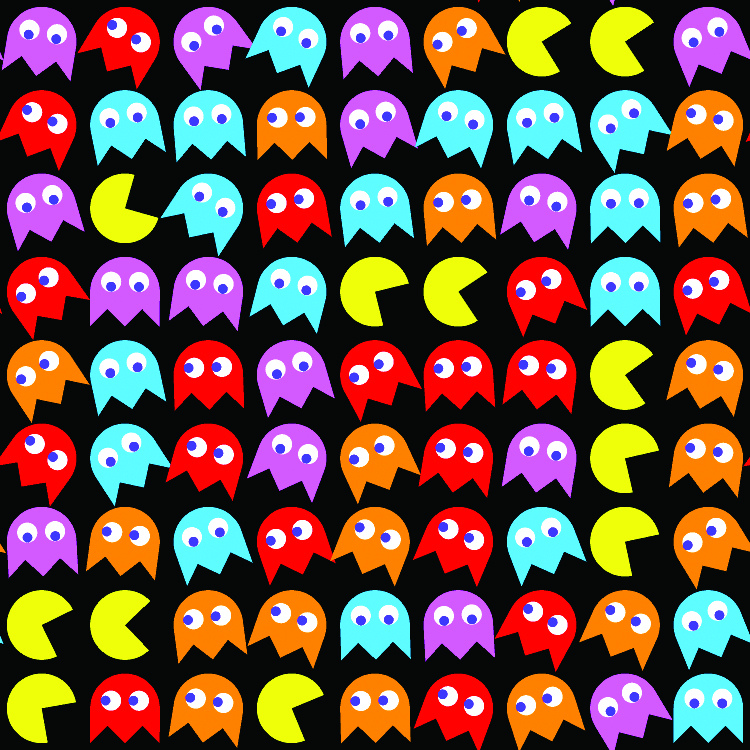 was Pacman. For the uninitiated, a small yellow round blob that was basically a mobile mouth wandered around the screen eating everything in his path; and if he swallowed a pep pill he could also be persuaded to devour a few nasties that floated about too. Now scientists at the University of Sheffield have discovered a signal - made by a gene called Rac-1 - that turns our own cells into the biological equivalent of a pacman rendering them capable of consuming their diseased and dying neighbours. This important role prevents inflammatory processes that could otherwise cause cancers, and it might also hold the key to treating certain cancers in future. Nasreen Akhtar explained to Chris Smith how she discovered how the gene works using breast tissue...
was Pacman. For the uninitiated, a small yellow round blob that was basically a mobile mouth wandered around the screen eating everything in his path; and if he swallowed a pep pill he could also be persuaded to devour a few nasties that floated about too. Now scientists at the University of Sheffield have discovered a signal - made by a gene called Rac-1 - that turns our own cells into the biological equivalent of a pacman rendering them capable of consuming their diseased and dying neighbours. This important role prevents inflammatory processes that could otherwise cause cancers, and it might also hold the key to treating certain cancers in future. Nasreen Akhtar explained to Chris Smith how she discovered how the gene works using breast tissue...
Nasreen - The fascinating thing about the breast is that it can be induced to undergo changes in pregnancy. So just by launching a pregnancy cycle you can discover a goldmine of information about how cells grow and how they organise and how they switch function and their profession, and how they die and how the corpses are then removed...
Chris - I suppose this is relevant because, if we look at the way that the body develops there are some bits of it which, when we're a foetus, will form and then you selectively kill off bits. I'm thinking, for instance, our hand start like fins and then you break down the bits between our fingers so are you saying that by studying how a breast does it because you can study cycles of it going on and on, you can understand or get insights into processes like that?
Nasreen - You can get insights into the majority of other organs and how they develop and how they regress and shrink.
Chris - And I suppose that has implications also for when cells don't die and get eaten up properly in disease states like cancers?
Nasreen - Yes, absolutely. Or there are other diseases which are associated with inflammation.
Chris - How did you study the breast then - what were you doing?
Nasreen - We decided to generate a mouse model where we were able to delete this protein called Rac-1 within the breast and then we just looked to see what happens to the breast.
Chris - And what does happen?
Masreen - We discovered that when the breast needed to produce milk; so the breast grows first to produce these milk producing factories you could say in pregnancy. But then when it no longer needs to make milk then it shrinks back again and these milk producing factories die off. And so we discovered this protein (Rac-1), was responsible for removing all the milk and for removing all of the dying cells collecting within the tissue. Rac-1 causes the cells to open their mouths wide and swallow...
Chris - The thought of what's going on here makes my mind boggle. So basically, we have this gene that you've stumbled upon, which has this ability to enable the tissue to remodel itself, and cells that are done with to disappear afterwards and it does that by encouraging other cells to eat the dead or no longer needed cells?
Nasreen - Yes. So these are cells that are professional milk makers; you know they have a secretory function. So some of them start dying and what it does is that it gets the live neighbours to very quickly eat up and swallow the dying neighbours and it gets the live cells to swallow all the milk that they've made, so they basically just produce the milk and then swallow the whole thing back up again.
Chris - And now you have these insights, what does it tell you about what this gene might do and it's implications for functions elsewhere in the body and possible diseases that it could be linked to?
Nasreen - So annually, we shed cells equivalent to our own body weight so that's a lot of cells and, of course, the body has to clear them up. Now what is known is there's a specialised cell from the immune system, which is called a phagocyte; it's the role of these phagocytes to clear up dead cells, bacteria, or anything the body doesn't need but the problem is that this can cause inflammation - it's like a double-edged sword. And so there's compelling evidence that inflammation is linked to cancer development and various other diseases.
If you think about it, we would be continuously inflamed if all of the cells in our body were being removed by the immune system.
Chris - I get it. So what you're saying is that we are shedding our own body weights worth of cells every year but if we were to shed that number of cells and rely on the immune system to get rid of them, we would have serious health problems?
Nasreen - Yes we would.
Chris - But you don't see serious health problems so something else is stepping in?
Nasreen - I think you put it so much better than I did, yes.
Chris - And that's where Rac-1 possibly, or these sorts of processes come in. It's encouraging other cells to eat these dead cells and not the immune system?
Nasreen - Yes, yes. It's basically hijacking the role of the immune system and it's converting the profession of the epithelial cells, which make up the majority of our internal organs, and it's causing them to become phagocyte like.
Chris - So what are the overall implications then - what do you think now, based on what you've found, what can we apply this to or how can we use this knowledge?
Nasreen - Well, there's compelling evidence that inflammation, so the body's immune system, is linked to the development of cancer and, of course, if healthy breast epithelial could be stimulated to remove damaged cells or dying tumour cells. It would keep the inflammatory phagocytes at bay and so there's certainly a treatment aspect in that respect.
- Previous The do's and don'ts of organ donation
- Next Are earthquakes tidal?
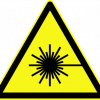
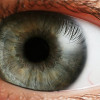
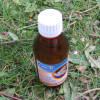
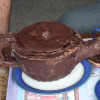

Comments
Add a comment